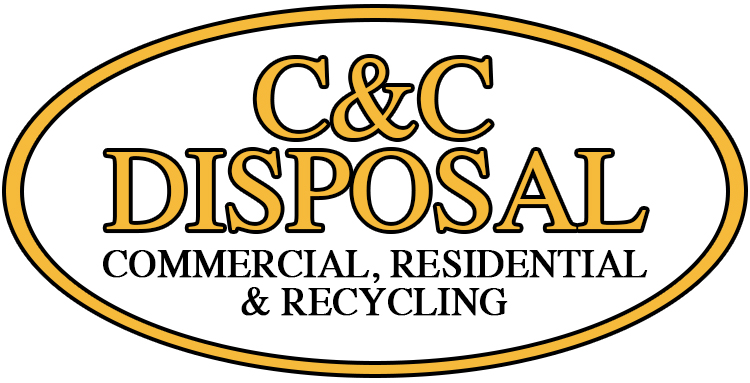
Removing or stripping paint from any type of surface is seldom an easy job. Every surface takes paint differently and every type of paint reacts differently to the surfaces. Add in environmental conditions and paint removal takes a bit of study and, usually, some elbow grease to accomplish.
For years, most professional painters and do-it-yourselfers have relied on chemical-based paint strippers. While they can do a good job, many are also highly toxic to humans and the environment. Improper use of chemical strippers can cause damage to the respiratory system, brain, nervous system, and skin.
One of the worst offenders and potentially deadly chemicals in paint strippers is methylene chloride. Major home improvement stores have pulled products that contain the chemical from their shelves, but it is still readily available.
Before you tackle a paint removal job, take time to read the labels on commercial paint strippers. In addition to methylene chloride, active ingredients that are potentially dangerous to your health include toluene, methanol, ethanol, and acetone.
There are less-toxic paint removers on the market. If you choose to use a chemical-based stripper, choose a paste formula that is less volatile and toxic because it produces fewer fumes than a liquid formula. Read the instructions carefully and always wear protective gear including safety glasses, gloves, and a mask.
Soy-Based Gel Paint Removers
Soy-based paint removers contain methyl soyate, a methyl ester distilled from soybean oil. This bio-based solvent is much more sustainable and environmentally-friendly than petroleum-based products. It is low in volatile organic compounds (VOCs), has a low flammability, and no ozone-depleting chemicals.
Safe to use on wood, concrete, and metal, these soy-based gels work effectively but take a bit longer to lift the paint from the surface. The product is applied with a paintbrush and can be left on the paint surface for several hours because it does not evaporate or drip. The longer a soy-based stripper remains on the paint, the easier the final removal will be.
Citrus-Based Paint Removers
Citrus-based paint strippers contain terpenes, organic compounds derived from plants, usually oranges. Another example of a terpene used in paint removal is turpentine produced from pine resin.
Citrus-based removers typically have an orange or citrus-scent and, like soy-based gels, work more slowly in removing paint than stronger chemicals. They are safe to use on any painted or varnished surface. While these strippers are biodegradable, they do still contain some harmful chemicals and should be disposed of properly.
Manual Paint Removal
Skipping any type of paint stripper may seem like the most non-toxic method to remove paint. Unfortunately, there are still some hazards from the paint itself, especially lead paint in older homes. If you choose to manually remove paint, always wear a mask, safety glasses, and other protective gear.
There are several methods you can employ to manually remove paint.
Scrape away paint: Using a plastic or metal paint scraper is effective in removing peeling paint, but must be used carefully to prevent damaging the surface under the paint.
Use a heat gun: A heat gun can be used to loosen paint to a point where it will eventually bubble making scraping easier.
Sand away: Using an electric sander or manually removing paint with sandpaper takes patience and skill. Take care not to sand too deeply or the surfaces will be permanently marred.

Recent Comments